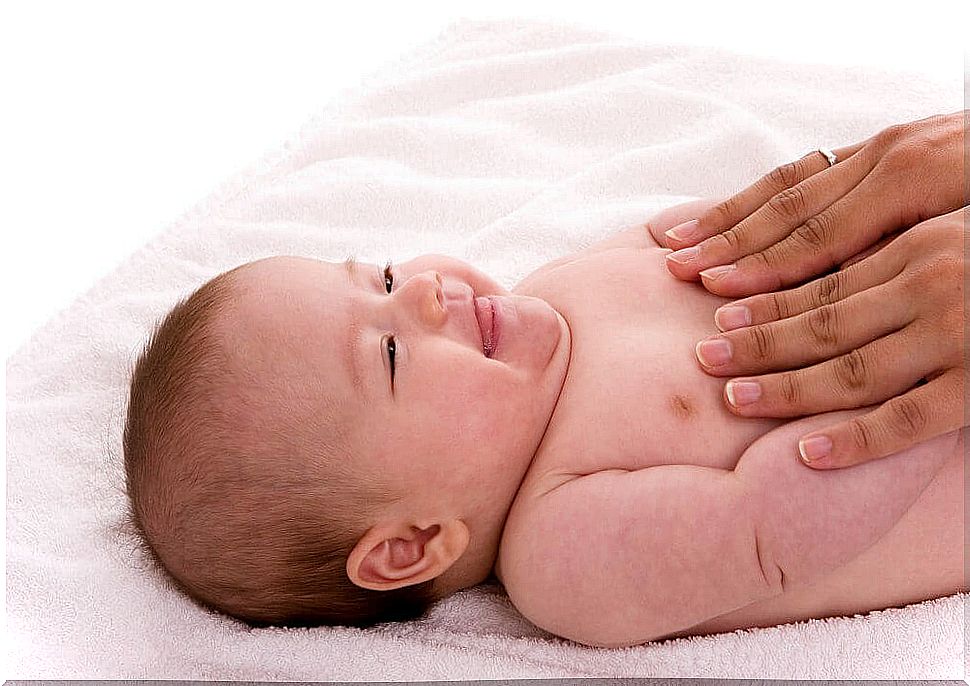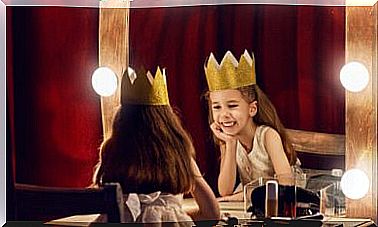10 Relaxation Exercises For Children – Being Parents

Allowing a child to relax has effects on the control of his emotional and cognitive behaviors. In this article, we are going to teach you 10 relaxation exercises for children.
Relaxation in children
The ability to achieve relaxation is definitely a positive thing at any age. In our children, it helps reduce muscle tension, blood pressure and rests the brain.
The relaxation is based on the relaxation of the muscles through various techniques which end up impacting the child both physically and mentally.

10 exercises to help your children relax
1) Jacobson’s relaxation method
It is one of the most widely used methods in the world. It is based on the relaxation of the contraction of the muscles in order to relax them.
In this method, the exercises consist of contracting and stretching the muscles, which leads to relief in the nervous system and muscles of the body.
2) The sway
This technique mimics the movement of a lullaby or swing.
This involves doing a back and forth motion back and forth or right to left. The part of the body to be relaxed should be relaxed during the exercise.
3) Method based on Schultz Autogenic Training
This method relaxes the whole body and is divided into upper and lower levels. We start by making sure that the children are very calm, and then we relax the body according to the instructions.
For this, children are encouraged to focus on the areas of their body that they feel very heavy.

4) Koeppen’s relaxation method
This relaxation method is similar to Jacobson’s because it is based on muscle tension and distension. But the exercises and instructions are done through games :
- For hands and wrists, the child is asked to squeeze their hands as if they were squeezing a lemon and then release them.
- For the back, we need to explain to the child that it turns into a puppet, and it has threads that pull it up, bend it a little, and suddenly relax.
- Regarding the shoulders, we act like a cat. On all fours, we have to move like cats.
- For the shoulders and neck, we can also become a turtle, imagining that we are on a rock and the hot sun hits us in the face.
- For the fingers, you become a pianist and you have to become a great musician who plays the piano to perfection.
5) the rag doll
First, we will tell the child to act like a robot, with rigid movements and very tight muscles. Then we give her a visual cue to stop stretching the muscles and become a rag doll.
6) Mandalas
Coloring mandalas in a pleasant environment is a relaxing activity. While coloring, our hemispheres work together, making it an activity that can help children focus.
7) The fall
It’s about letting the force of gravity act on the body and letting the tense body part rest for a few seconds. Repeat the same movement for two or three times.
8) Sing
Music is a very important element for human beings. Whatever the age, singing can stimulate our brain and even reduce our discomfort.
9) massage
A hug or physical contact with another person tends to be reassuring for humans, and even more so for our children.
10) resist laughter
This method involves having the child look at another still person and keep their cool trying not to laugh, while the other person does everything possible to make them laugh.
The benefits of relaxation for children
- In children, relaxation relaxes the body, reducing muscle and mental stress.
- It helps to increase self-confidence, memory and concentration, which improves the quality of learning.
- After intense activity, relaxation allows the child to reach a state of well-being and tranquility.
- It channels children’s energy, adjusts activity levels and above all produces overall well-being.
- Several studies show that it also helps overcome shyness.
- It improves blood circulation, decreases anxiety, panic attacks and helps eliminate stuttering.
- For children with asthma, regular relaxation exercises help prevent seizures and act more effectively in a seizure.









